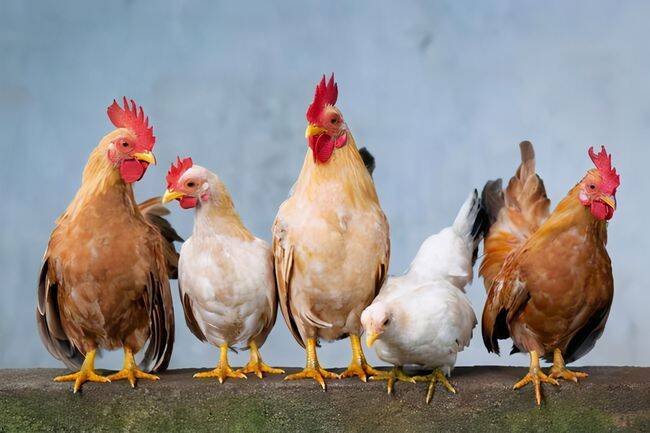Chickens are among the most widely domesticated animals globally, valued for their eggs, meat, and companionship. Yet, how long a chicken lives depends on a wide variety of factors—from breed and purpose to environmental conditions and healthcare. As a zoologist, I aim to provide an in-depth understanding of chicken lifespan from both biological and husbandry perspectives.

In natural or backyard settings, where chickens are kept for companionship or hobby farming, the average lifespan is typically 5 to 10 years. Some well-cared-for chickens can live up to 12 to 15 years, though this is rare.
In commercial settings:
Laying hens: Usually culled after 18 to 24 months due to decreased egg production.
Broiler chickens: Typically slaughtered between 6 to 8 weeks of age for meat.
Different breeds have different life expectancies:
Hybrid layers (e.g., ISA Brown): high productivity but shorter lifespan
Heritage breeds (e.g., Rhode Island Red): more robust, potentially longer lives
Modern chickens have been selectively bred for either rapid meat production or high egg yield, often at the cost of longevity and natural health.
A well-balanced diet with essential nutrients supports long-term health, while malnutrition or overfeeding can lead to obesity, fatty liver disease, or reproductive issues.
Access to clean water, space, dry bedding, ventilation, and protection from predators contributes significantly to chicken lifespan.
Routine health checks, vaccinations, and early treatment of infections greatly enhance life expectancy.
Requires brooding temperature and special care
High vulnerability to disease and predation
Rapid growth and sexual maturation
Nutritional needs shift toward calcium and protein for egg development
Begins laying eggs (in hens)
Reaches full size and enters reproductive prime
Decrease in productivity
Increased risk of arthritis, tumors, and organ decline
Some pet chickens have lived over 15 years. For example, Matilda, a Red Pyle hen, lived to be 16 years old and was recognized by Guinness World Records.
Pet chickens often live longer due to:
Individualized care
Consistent veterinary attention
Minimal physical stress and no commercial exploitation
Foxes, hawks, raccoons, and even domestic dogs are common threats, particularly in free-range or backyard setups.
Common issues include:
Marek's disease
Avian influenza
Coccidiosis Preventive measures such as vaccination and hygiene are crucial.
Mites, lice, and worms can shorten lifespan without regular deworming and dusting protocols.
Include layers' feed, fresh greens, grains, and clean water.
Secure coops from predators and provide space for movement.
Look for signs of lethargy, changes in egg-laying patterns, or weight loss.
Avoid overcrowding and maintain a consistent routine.
The lifespan of a chicken is a product of genetics, environment, and human intent. Whether raised for eggs, meat, or as beloved pets, chickens have diverse lifespans shaped by how they are treated.
With proper care, backyard chickens can live fulfilling and relatively long lives, forming close bonds with their keepers and contributing to sustainable living. Understanding their lifespan is key to ensuring their welfare and deepening our connection with these remarkable birds.
animal tags:
We created this article in conjunction with AI technology, then made sure it was fact-checked and edited by a Animals Top editor.